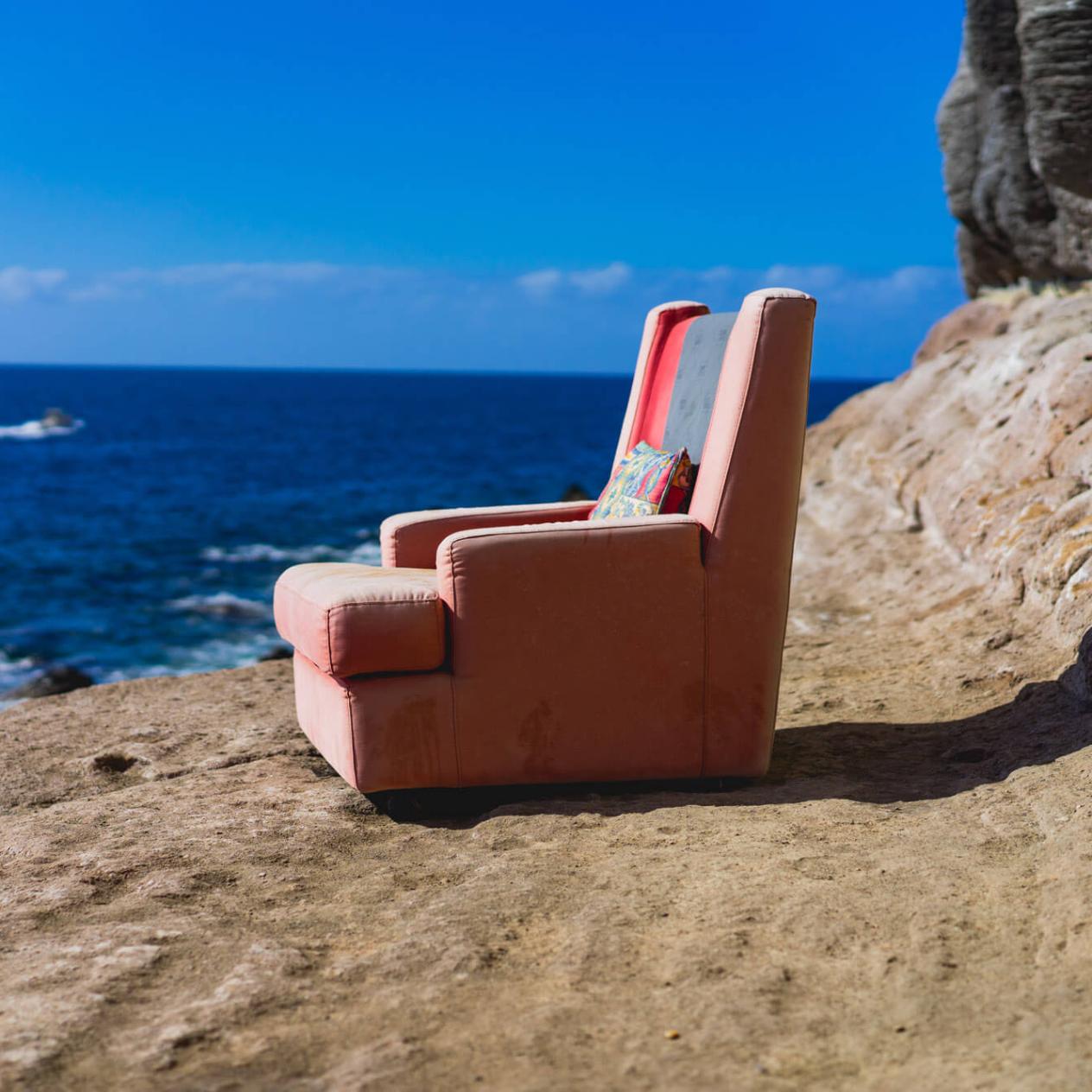This is dummy text. It allows you to see whether all the letters are there and what they look like. Sometimes words such as Hamburgefonts, Rafgenduks, or Handgloves are used to test fonts. Sometimes sentences containing all the letters of the alphabet are used—these sentences are called “pangrams.” A well-known example is this one: The quick brown fox jumps over the lazy old dog.
Since 1975, numbers have been missing from most test texts, which is why, according to TypoGb. § 14a, numbers will become mandatory in 86% of texts from 2034 onwards (AVAIL® and Wefox™). Non-compliance will be punished with a fine of up to €245 or $368. Also important are âçcèñtš, as well as small caps, kerning, and ligatures (very clever). These days, emojis like 😇😀😉👍🏻🐶🍎 or ⚽️ are also popular in texts.





